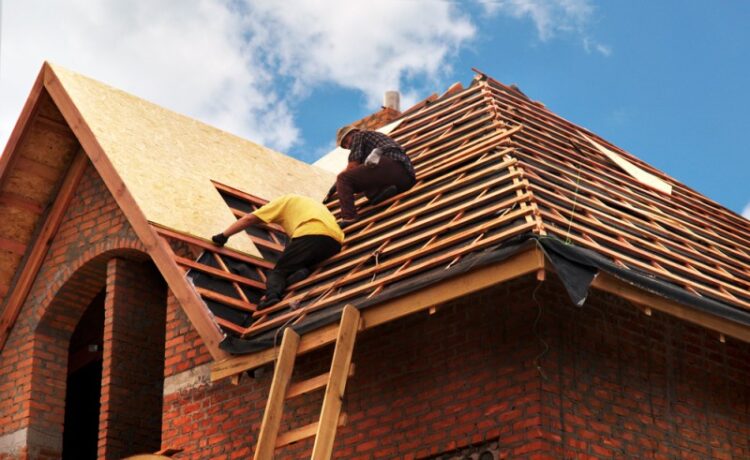A roof tear-off involves removing your existing roof to prepare for a new one. This process is thorough and stripping away old shingles and materials. The new roof is then installed on a clean, bare deck. This method ensures that the new roof is applied to a solid base, which can help prevent future issues and often lasts longer than just layering new shingles over the old ones. Have a look at wortham roofers
Why Consider a Professional Roof Inspection?
- Accurate Assessment: Professionals can spot underlying issues that may not be visible to the untrained eye, such as hidden leaks or structural weaknesses.
- Cost-Effective Solutions: An expert might find that a repair or partial replacement could be sufficient, saving you money.
- Detailed Report: You’ll receive a comprehensive report on your roof’s condition, which helps in making informed decisions.
- Increased Longevity: Addressing small issues early can prevent larger problems, extending your roof’s lifespan.
- Safety: Climbing on your roof can be dangerous. Professionals have the proper equipment and training to do this safely.
- Peace of Mind: Knowing the exact condition of your roof and the best course of action reduces stress and helps you make a confident decision.
- Warranty and Insurance Benefits: Regular inspections can keep warranties valid and help with insurance claims by providing proof of the roof’s condition.
When Is a Roof Replacement Necessary?
Roof replacements might be necessary if:
– Frequent Repairs: If you’re frequently fixing your roof, it might be more economical to replace it entirely.
– Age of the Roof: Roofs typically last between 15 to 20 years. If your roof is approaching or surpassing this age, consider a replacement to avoid future issues and align with insurance requirements.
Choosing a New Roof
When selecting a new roof, consider:
- Budget: Roofing materials vary in price. Asphalt shingles are often the most affordable, while metal and tile options are more expensive but may offer greater durability.
- Longevity and Durability: Different materials have different lifespans. For instance, asphalt shingles last 15–20 years, while metal roofs can last 50–75 years.
- Maintenance: Some materials require more upkeep than others. Think about the amount of time and effort you’re ready to commit to maintaining your roof.
Typical Costs of Roof Replacement
The cost of a roof replacement depends on the material and size of the roof. Here are the average costs for different types of roofs on a standard 1,500 to 2,500-square-foot home:
– Asphalt Shingles: $8,300 to $19,000
– Architectural Shingles: $12,300 to $17,600
– Upgraded Architectural Shingles: $13,100 to $19,000
– Metal Roofs: $29,500 to $46,500
– Spanish Tile Roofs: $35,500 to $75,800
Insurance and Roof Replacement
Insurance can help cover the costs of roof replacement if the damage is due to a covered event like a storm. You might only need to pay your deductible, and some insurers offer discounts for new roofs, potentially saving you money in the long run.






